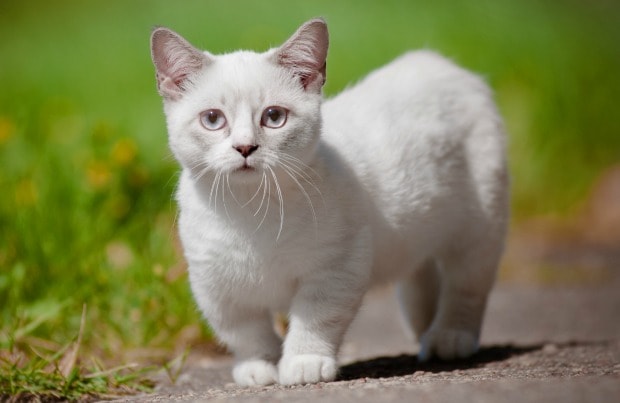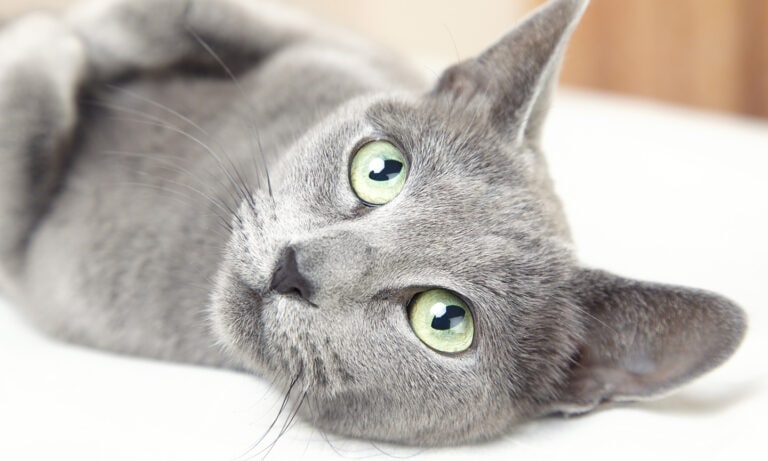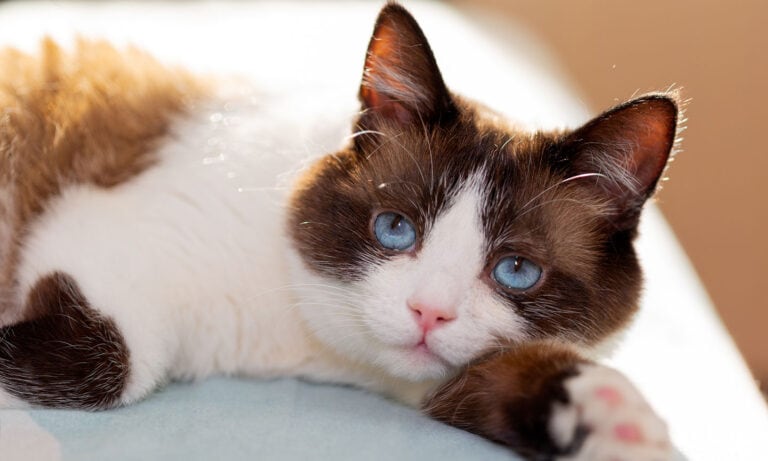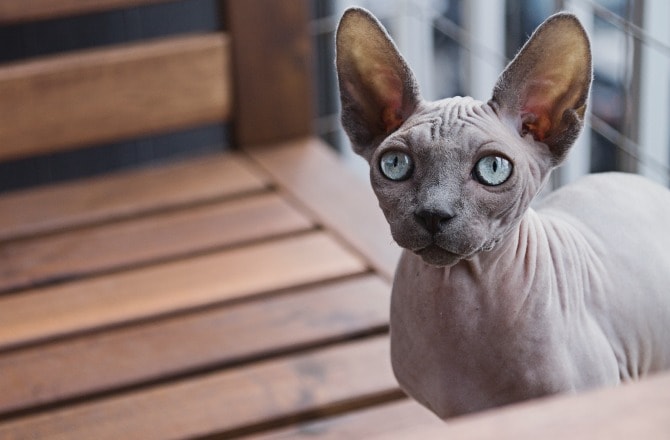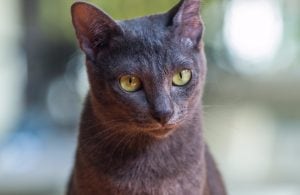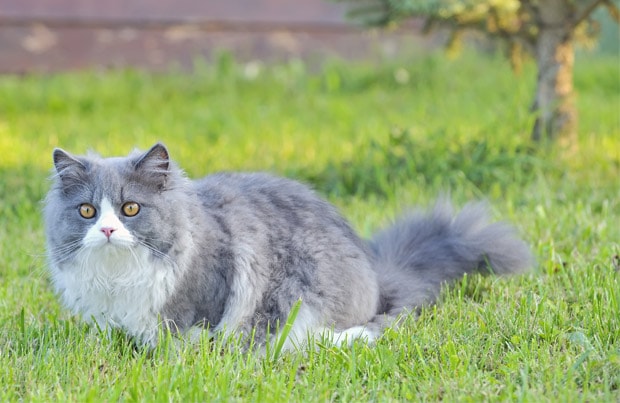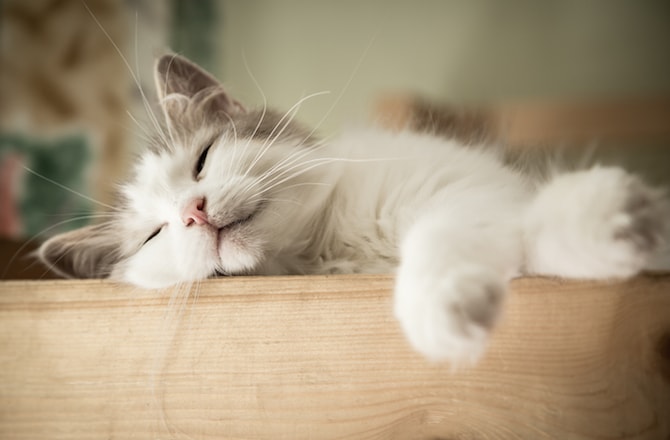A confident, outgoing breed, the Munchkin is known for its short legs and long body. These little legs to nothing to handicap the breed, however, and it remains playful, happy and loving, despite its different appearance.
Physical Characteristics
This is a medium-sized cat with a long body, walnut-shaped eyes and triangular ears. Because of a mutation it has short and stubby legs; this is also the cat’s most recognizable feature. The Munchkin, however, is in no way handicapped by its legs and does have regularly sized forelegs that are equal in length.
COLOR(S)
The breed comes in a wide variety of colors and patterns.
COAT
The cat comes in short-haired and long-haired varieties, both sporting an all-weather coat.
Activity Level
High
Positives
This is a confident and outgoing cat which is not the least bit self conscious about its unusual look. It loves to play and wrestle with its friends, but at the end of the day it looks for nothing more than to snuggle into your lap and nag until it is petted.
Things to Consider
The breed is frequently dubbed the magpies of the cat species because it often borrows small, shiny objects and stashes them away for later play. The Munchkin also has a hunter’s instinct and will chase mice or anything that moves.
Ideal Living Conditions
Social and outgoing, the Munchkin is extremely playful and does well with children and other houshold pets, including dogs.
Special Requirements
Regardless of their coat length, grooming for the breed is generally painless. Shorthair Munchkins should be brushed weekly while longhair Munchkins should be combed with more regularity to remove dead hair and prevent mats from forming.
Health
Because the Munchkin is a young breed, it is not prone to any specific health conditions more so than any other breed of cat. Although the breed does have short legs and looks similar to a Corgi or Daschund with its short stature, the spine of the Munchkin differs from that of a dog and its short legs do not result in the spinal problems sometimes seen in short-legged dog breeds.
History and Background
This short-legged breed is the center of a heated debate; the argument: its origin. Short-legged cats are not new – they have been seen in England as early as the 1930s – but many were wiped out during World War II. It made a small resurgence and in 1983, Sandra Hochenedel, a Louisiana music teacher, came across two cats hiding in a pickup truck after being chased by a bulldog. Hochenedel, after rescuing the cats and taking them home, learned these short-legged females were pregnant – keeping the black cat (Blackberry) and giving the gray one (Blueberry) away.
When Blackberry gave birth, Hochenedel presented one of the kittens, Toulouse, to her friend Kay LaFrance, who also lived in Louisiana. LaFrance owned many cats and allowed them to roam free outdoors. Soon the town was full of Munchkins cats – named after the little people in the children’s fantasy novel, The Wonderful Wizard of Oz. Believing she had a new breed, LaFrance contacted Dr. Solveig Pflueger, chairwoman of The International Cat Association’s (TICA) genetics committee, to learn more about the breed. Pflueger’s studies determined that the Munchkin’s short legs were the result of a dominant genetic mutation affecting the long bones of the legs.
Soon other breeders became interested in the Munchkin and attempted to get the breed recognized by TICA. TICA, however, denied its acceptance due to insufficient information about the Munchkin. Despite the reluctances voiced be many TICA members over its leg mutation, which could potentially cause crippling back and hip problems, the Munchkin was given TICA’s new breed and color status in 1995. All the controversy surrounding the Munchkin has been beneficial to the breed in one way: it has garnered much media publicity and has become quite a popular cat.
Image via Shutterstock.
By: Chewy Editorial
Share:
